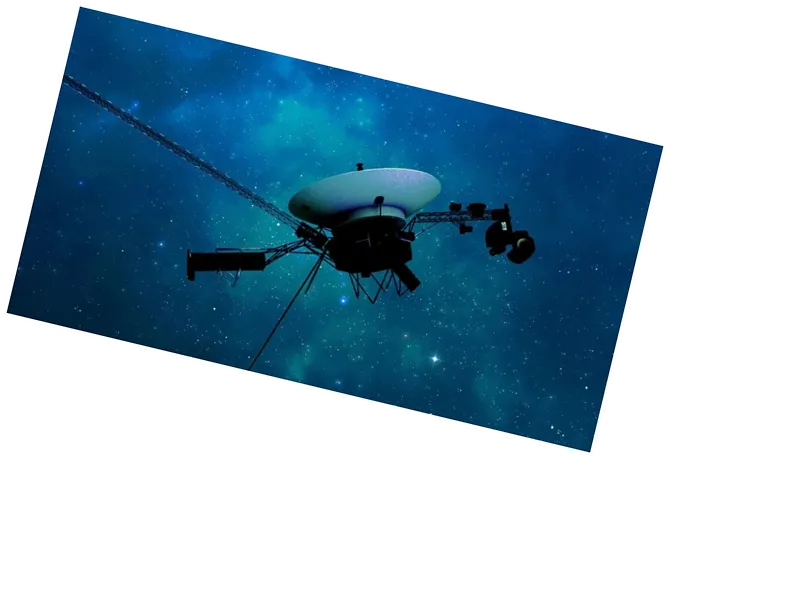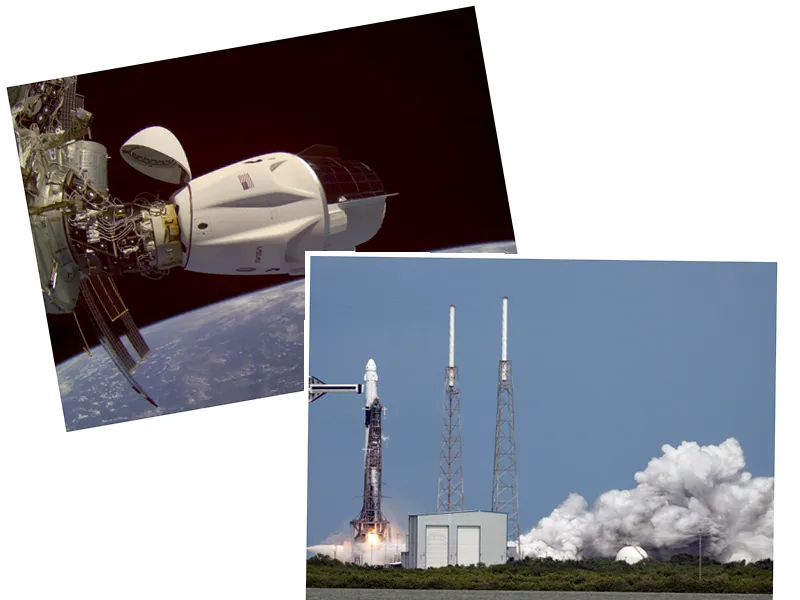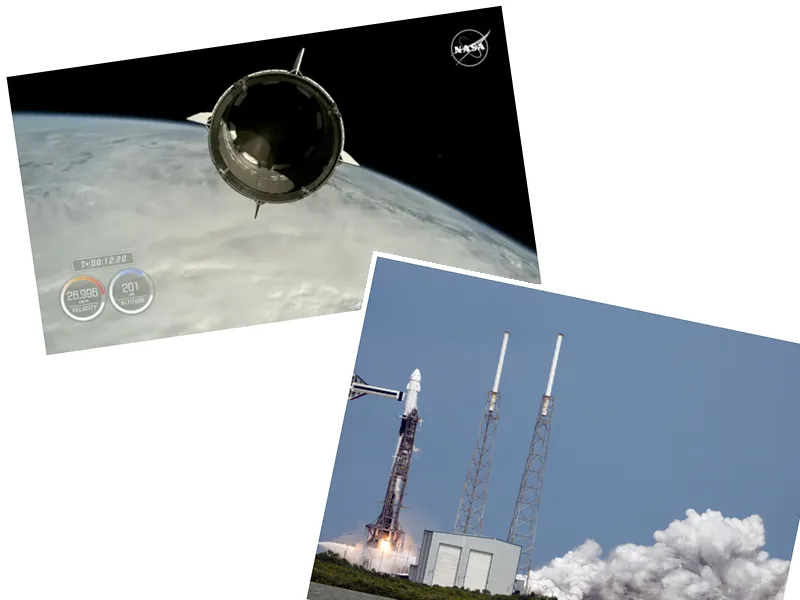NASA's Voyager 2: A Historic Space Exploration Mission
NASA has made a significant decision regarding the Voyager 2 probe, opting to shut down the Plasma Spectrometer to conserve energy and prolong the mission's life. This marks a crucial step in ensuring that the probe, which has been operational for 47 years, can continue to send back valuable data from the interstellar medium. Currently, Voyager 2 is approximately 20.5 billion kilometers from Earth, having exited the heliosphere in 2018, and is now one of the few spacecraft exploring deep space.
The Plasma Spectrometer was instrumental in detecting Voyager 2's transition into interstellar space by monitoring solar wind plasma. However, as power from the spacecraft's decaying plutonium source diminishes, NASA has had to prioritize which scientific instruments remain operational. With the shutdown of the spectrometer, only four instruments are currently active, underscoring the challenge of maintaining data collection while conserving energy.
The Legacy of Voyager Missions
Since its launch in 1977, Voyager 2 has provided groundbreaking insights into our solar system and beyond. The careful management of its instruments, including the recent shutdown of the Plasma Spectrometer, reflects NASA's commitment to maximizing the probe's scientific output. Engineers have previously turned off non-essential systems to extend the life of both Voyager probes, which have already completed their primary missions around Jupiter and Saturn.
Despite the challenges posed by diminishing power, Voyager 2's legacy as an interstellar explorer remains intact. NASA continues to focus on utilizing the remaining capabilities of the probe to gather as much data as possible, ensuring that the mission's contributions to space science endure for years to come.





